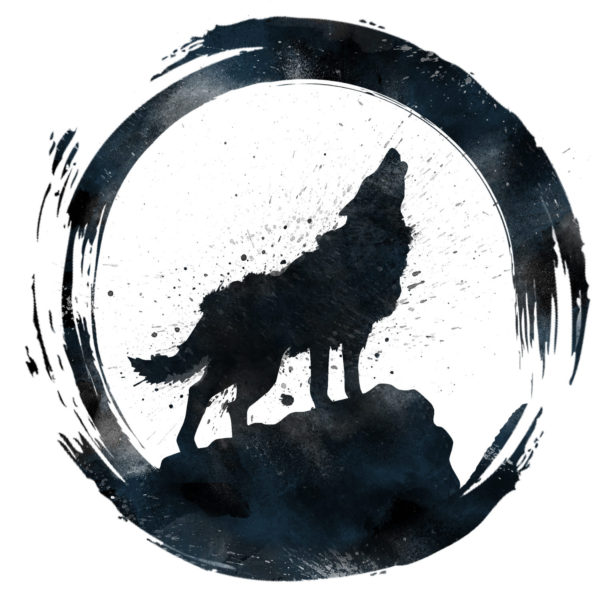Super Blue Blood Moon… Can’t Miss This!
For the first time in 35 years, people across North America have the chance to view a Super Blue Blood Moon. That is a Super moon (closer to earth than normal), 2nd full moon of the month (Blue Moon), and a lunar eclipse (Blood Moon) all wrapped into one event!

Blood Moon:
Though not a scientific term, and Blood Moon is a total lunar eclipse. It is called “Blood” because when the moon is covered by earth’s shadow, it often takes on a reddish color.
Blue Moon:
Is the 2nd Full Moon of the month and they may not be as rare as you may think. They actually happen about every 2.7 years. Because the number of days in a lunation (cycle from New Moon to Full Moon) is a bit less than a calendar month, we don’t see 2 full moons per month every month.
If we used the moon as our calendar we would only have 354 days as opposed to the 365 we all know and love.
Early in the morning on January 31st the second Full Moon of the month is visible over much of North America. Downside is you may have to wake up early to see it.
-
East Coast –approx.: 5:51 am EST (just getting started – partial eclipse)
-
Midwest – approx.: 6:55 am CST (full moob but it sets soon after)
-
-
West Coast – approx.: 5 am PST (best place outside of AK or HI – full eclipse)
If you’re a star gazer like me, then you like to catch rare celestial events where you can see them the best. Remember, the moon will be setting during the eclipse. Therefore, I recommendation heading to a spot that gives you the greatest opportunity to look west. I am heading to the to the Pacific Ocean for this one! Plus it’s a great time to se some big tides!

Ever wonder why tides are larger along the coast during a full moon?
When the moon is full (or new), the gravitational pull of the moon and sun are combined. At these times, the high tides are very high and the low tides are very low. This is known as a spring high tide. Spring tides are especially strong tides (they do not have anything to do with the season Spring). They occur when the Earth, the Sun, and the Moon are in a line. The gravitational forces of the Moon and the Sun both contribute to the tides. Spring tides occur during the full moon and the new moon.
Want to know how to take photos of the Super Blue Blood Moon Eclipse? Check out this Nasa Photo Guru’s tips
